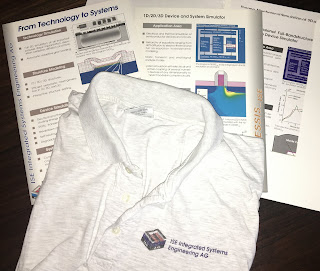Today I helped a student review his study options (Bachelor level).
We discussed and looked at the courses the university offered in four areas: machine learning, computer science, cyber security, financial engineering. Debating the 'deeper analytical learnings', I mentioned the following:
- Machine Learning
- ML is much about models of models in a very mathematical sense.
- No one knows how to teach it that way (yet).
- One tends to learn more about ML tools and technics than theory.
- Computer Science
- Few model in computer science because expensive, very hard to manage and hard 'get right'.
- However, applied math and crypto/blockchain domains are easier to approach in a 'modelled CS approach'. Functional programming is a highly effective way to be successful in doing that.
- The CSL language from Elevence, a functional language, was a rare 'purely modelled CS effort' (inspired by complementary higher-order type properties, now named DAML). It was also a rare effort in covering all of the four domains of this post!
- Cyber Security
- In cyber security, we model the present and the past. We adjust our current state when we detect a security breach in the past.
- Financial Engineering
- In financial engineering, we model the present and future. We adjust our current state to be optimal in the 'modelled' future.
- Machine Learning
- Much demand as had a broad application and quick return on investment.
- Computer Science
- Good demand but by fewer companies as there is a certain truth that writing software takes time and is expensive.
- Cyber Security
- Much demand as has a 'quick' return on investment, but only applicable on IT solutions.
- Financial Engineering
- Lesser demand. Applicability is more limited. When 'finance' is accounting you do not need 'engineering' or 'complex math'.





